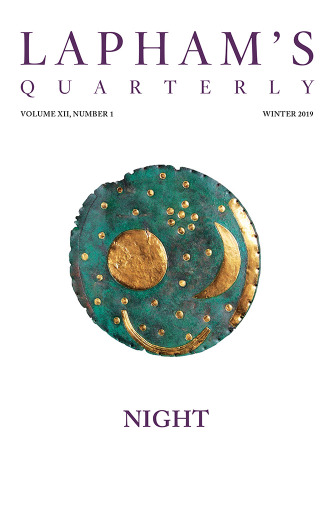As we had often heard that the natives could hold musical dialogs even at great distances by means of little gourd flutes, we prevailed on them to separate, while by an interpreter one of them was desired to convey certain sentences to those at a distance.
To our surprise, we found on cross-examination that everything had been perfectly understood. They said they could communicate with one another, even at the distance of some miles, where the locality was favorable to the resonance of the sounds. That the Cameroons people have also tutored their hearing with a similar result, we had an instance in the pilot Glasgow. He was in Captain Allen’s cabin one day, answering some queries relating to the river; suddenly he became totally abstracted and remained for a while in the attitude of listening. On being taxed with inattention, he said, “You no hear my son speak?” As we had heard no voice, he was asked how he knew it. He said, “Drum speak me, tell me come up deck.” This seemed to be very singular, so Captain Allen desired him to remain below, and privately sent several messages to the performer in the boat alongside, who executed them by a variety of taps on his wooden drum; and these Glasgow interpreted in a way that left no doubt of his having understood perfectly all that the “drum spoke.” He also said they could communicate by this means at very great distances by the “war drum,” which is kept in every village to give and repeat these signals so that there is intimation of danger long before the enemy can attack them. We are often surprised to find the sound of the trumpet so well understood in our military evolutions, but how far short that falls of the result arrived at by those untutored savages.
This method of communication is no doubt employed by slave dealers to give notice of the movements of our cruisers.
Cpt. William Allen and T.R.H. Thomson, from “A Narrative of the Expedition to the River Niger.” More than one hundred years later, in 1949, the missionary John F. Carrington published a detailed account of an African drum language called Kele, which was used for intervillage communication in the rainforest. Spoken by two drums, each with a high and low pitch, Kele required phrases to be repeated to make the meaning clear; on average it took about eight words in Kele to express one word of oral language without ambiguity.
Back to Issue


